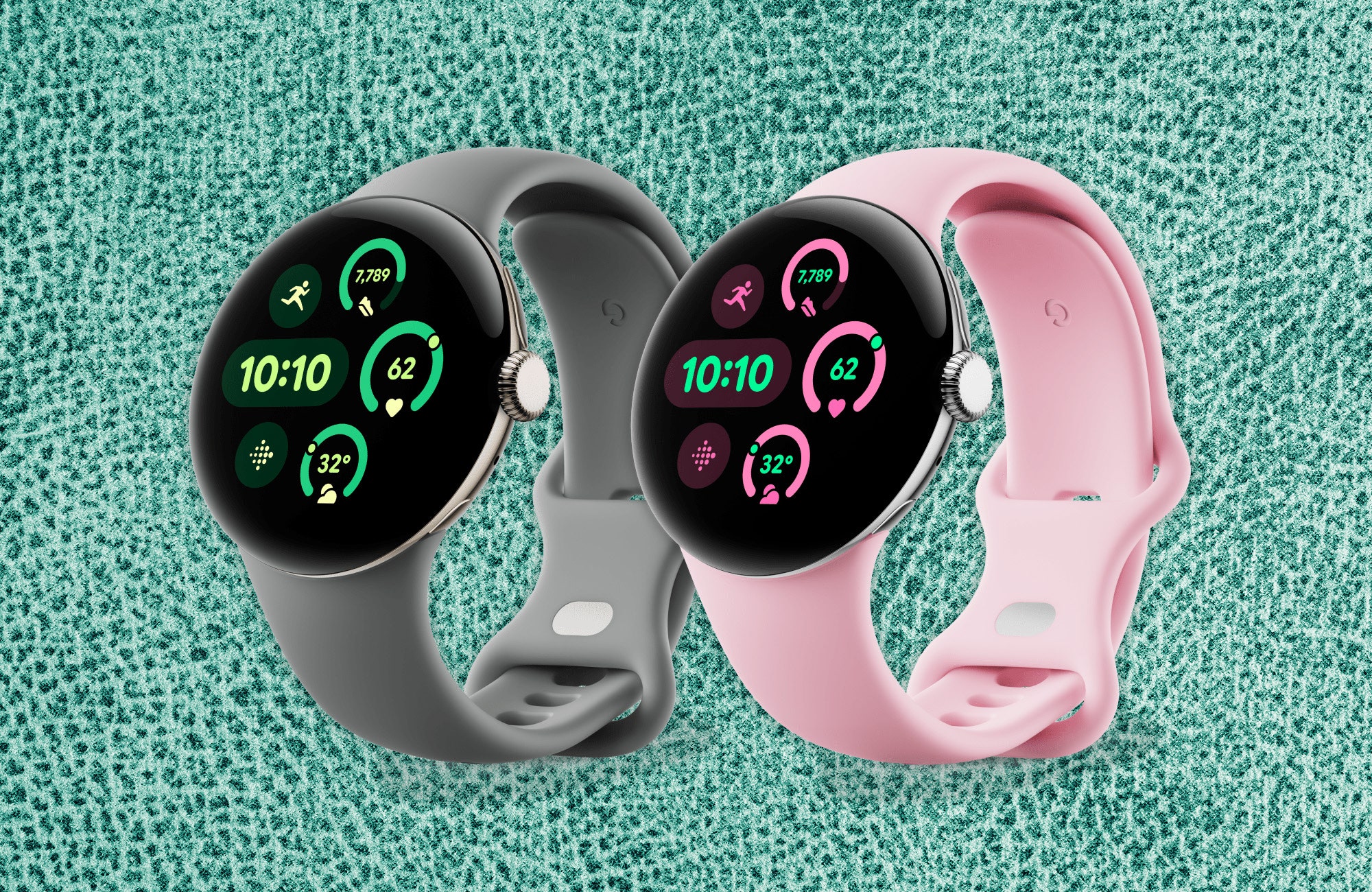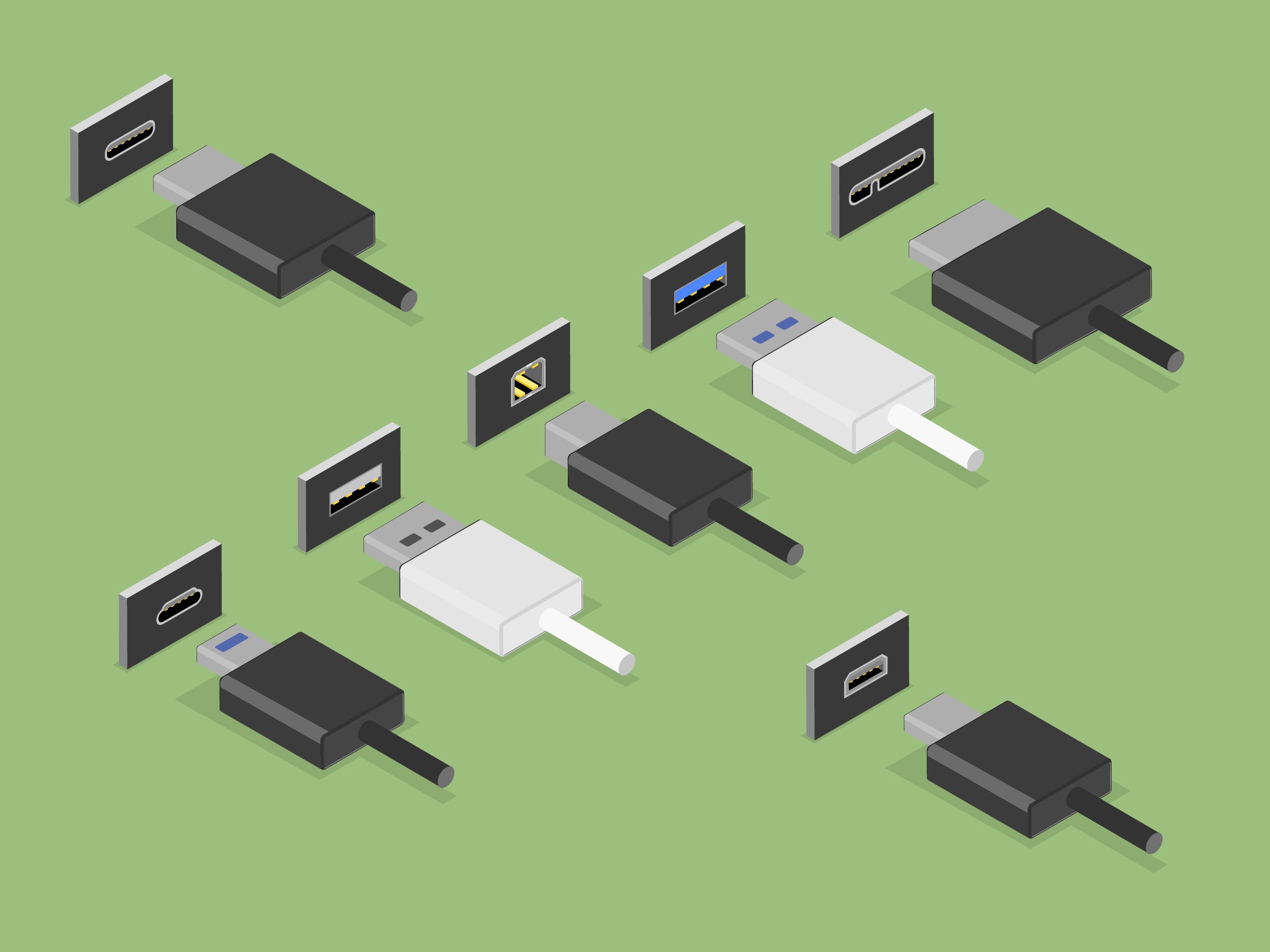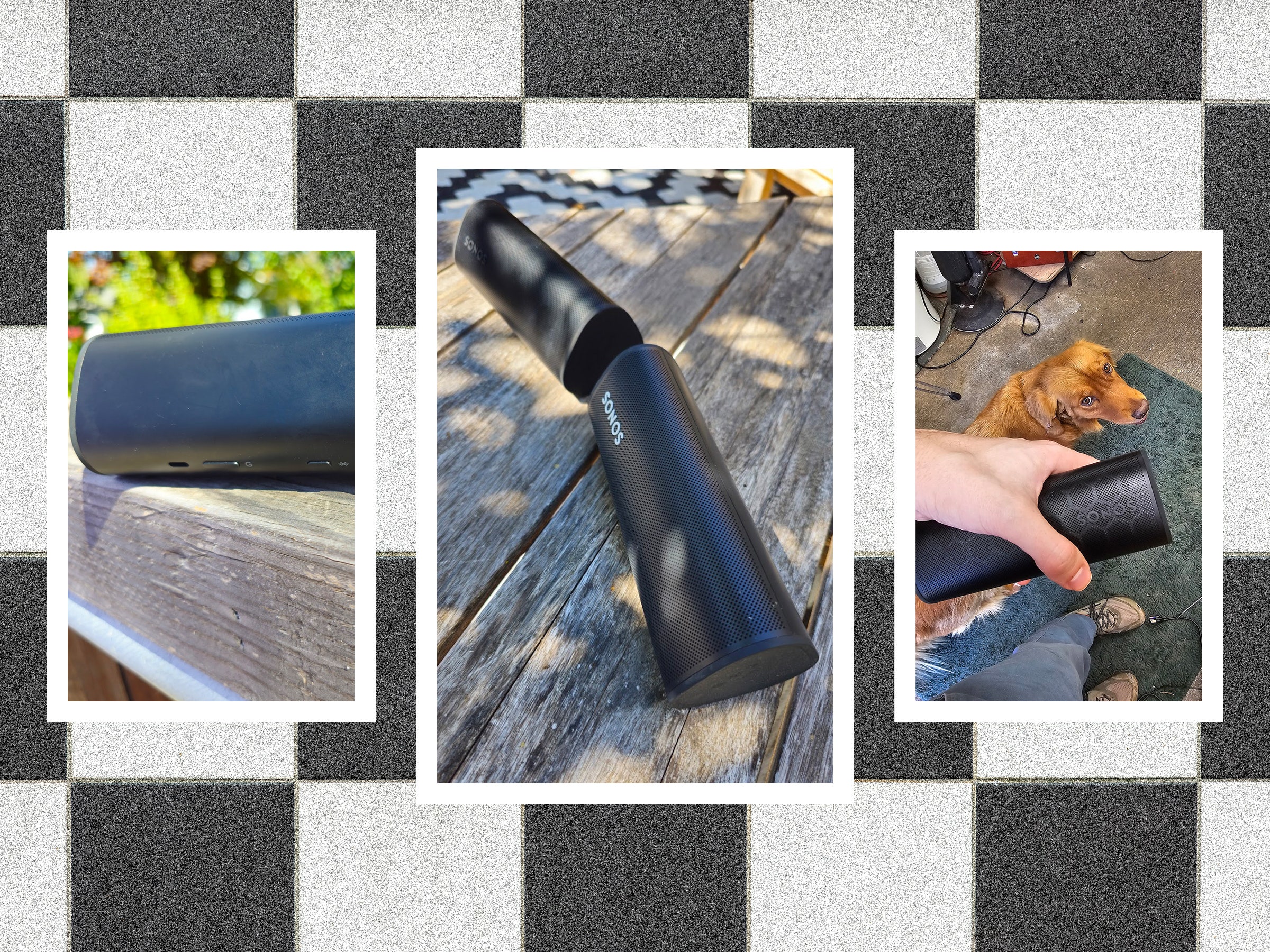I Screwed Up My 5K Time by Training With the Pixel Watch 3’s AI Running Coach

If you buy something using links in our stories, we may earn a commission. This helps support our journalism. Learn more. Please also consider subscribing to WIRED
As Apple did several years ago, Google has caught on that running is one of the most accessible and nerdiest sports. Assuming you don’t have mobility issues, all you need is a good pair of running shoes and a pair of shorts. It’s easy to see improvement quickly, especially if you’re just getting started.
Among the new touted features for the Pixel Watch 3 (8/10, WIRED Recommends) is holistic running guidance, under an umbrella Google calls Plan, Run, Reflect, found in the Fitbit app. (Google owns Fitbit.) You can build custom runs on the app on your Pixel phone or watch; get real-time interval guidance as you’re running; look up your stats and advanced running analysis on a specialized running dashboard; and get daily AI-powered run recommendations. That’s in addition to a new feature called Cardio Load, similar to Garmin’s Training Load in that it can show you how hard your heart is being taxed, and whether you’re over- or undertraining to improve your fitness.
This is all based on science-backed research, derived from Fitbit’s years of accumulating data in the health space. It’s also a departure from Apple’s running features, which are granular but only recently have begun offering comprehensive training algorithms. Premium sports watch manufacturers like Garmin and Coros, on the other hand, have offered similar plans and features for years. I’ve used both of those training tools and decided to test Google’s AI-powered running suggestions the same way. I am a strictly middling runner; however, I run almost every day, and I ran a 5K at an 8-minute-mile pace before I had kids. That was almost a decade ago, but still.
I decided that getting to an 8-minute-mile 5K (3.1 miles) was a reasonable goal within my two-week testing period. TL;DR? I screwed it up. Artificial intelligence is a lot harder than it looks.
Add It Up
If you’re trying to improve your time, you need a baseline. In the app, I input that I’m an intermediate runner who runs 20 miles a week. Fitbit then offers you several “Recommended for Today” runs. For my first run, I picked a time trial run for 3 miles.
The only way I can describe what I did in my time trial is in the most professional terms possible. I did what is commonly referred to as “tanking,” “hitting the wall,” or “shitting the bed.” The first two miles were great. I ran my first split in 8 minutes and the second in 8 minutes and 36 seconds. My third mile was 9’51”, which is … just terrible. It is incredibly bad and slow. However, this is a clear-cut case of someone who needs a little help getting that third mile up in the 8-minute range. I was curious if Google’s suggestions would get there.
I asked Google’s Pixel Watch and Fitbit team if there was a way to just tell Fitbit’s running coach that I wanted to run an 8-minute-mile 5K. Garmin already lets you input time-specific goals in Garmin Connect and gives you daily suggested workouts that also take into account factors like your sleep quality. (If the company uses machine learning, it’s being awfully discreet about it.) Google told me that if I was following a specific running plan, I could build custom runs in the app and start and save them on the watch. That is … a lot of work. Also, inputting my own workouts seemed like it would interfere with AI coaching, so I didn’t.
Fitbit and the Pixel Watch saw very quickly that my problem was, in fact, bed-shitting. For the next few weeks, the app suggested mostly tempo runs and tempo intervals and started upping the amount of time I was on my feet. Tempo runs are when you practice running at a race pace, and tempo intervals are when you practice your race pace for shorter periods with breaks in between. This is a time-honored way to push your anaerobic threshold and get you used to running faster for longer. My first few suggested runs were 17 minutes long, but after a day or two it quickly corrected to runs that were 35 minutes or longer.
Unhappily, the intervals were insanely specific. For example, one run gave me repeat intervals of five minutes at 111 to 134 beats per minute, followed by five minutes at 134 to 151 bpm. It’s very hard for even experienced runners to figure out what pace you should be running for 130 bpm versus 140, especially when you’re running outside and have to take things like stop lights into account. I also switched from the 41-mm watch size to the 45-mm size because I found myself charging the smaller watch twice a day since the battery ran out so quickly.
The Pixel Watch 3 doesn’t have dual-band GPS like the Apple Watch or other advanced fitness trackers, and so interval training didn’t work too well, because it took a while to register changes in my position. For example, a sprint interval is 30 seconds long, but it often took as long as 30 seconds for the Pixel to catch the increase in heart rate as I changed my pace. In practical terms, this means sometimes I had to stop the interval just as I got my heart rate into range.
One running feature I do like very much is the ability to swipe left to change the song quickly during a workout. One of my running playlists is “Bro Country Bangers,” and while some of these are, in fact, bangers, some are just the worst songs ever written and sung out loud. Being able to switch quickly and conveniently did make a difference in keeping my pace consistent and maintaining my focus.
Big Oops
After two weeks, I was feeling pretty frustrated. I was also feeling slow. A run with a heart rate of around 130 is barely jogging, and a heart rate of around 150 is still not very fast. For two weeks, I barely broke a sweat. The Pixel Watch 3 also registered this. It took seven days to establish my Cardio Load baseline, after which it noted that I was at risk of undertraining because I wasn’t running hard enough to maintain my fitness level.
I wondered if the AI had a greater plan for me—maybe, to run faster, you actually need to run slower?—so I called Beth Baker, a certified Road Runners Club of America (RRCA) running coach and the founder of Running Evolution, a running coach organization.
“Tempo intervals should be run at your race pace,” she says, which means I should’ve been running my fast intervals at an 8-minute pace, instead of a 14-minute pace at 142 beats per minute (I told you it was slow). I explained to her my running history and told her that I had shit the bed on my time trial. She said, “It sounds like you just ran out of energy. You used all your glycogen and hit the wall. You should’ve had a snack.”
Like every athletic endeavor, running is complicated. We’re not all professional athletes, with every minute dedicated to improving and preserving our physical performance. We have small children and dogs and sometimes don’t get a lot of sleep. We have work schedules and sometimes drink alcohol and squeeze in a run before lunch. Everything can interfere with our training plans.
Even on an extremely granular level, heart rate training can go wildly awry. High temperatures, stress at work, or even the wrong song on my playlist can make my heart rate spike. Training via tracking your heart rate (also called “zone training,” which refers to different heart rate zones) is universally popular, but it’s also tricky. As Baker pointed out, even stressing about being in the wrong heart rate zone can spike you out of the right one.
I asked Baker if the Pixel Watch 3 had perhaps picked up on indicators that I’d been overtraining, and that’s why it had recommended extremely slow runs. “Possibly,” she said, dubiously. “If you’re not feeling hungry, or you’re lethargic, or you’ve lost your period—those are all signs of overtraining. But recreational runners don’t really overtrain unless something is really wrong.”
That was two weeks of wasted training. I had been running my fast runs at a barely-jogging 14-minute pace when I should’ve been running my tempo intervals at an 8-minute pace—something I probably would’ve done if Fitbit hadn’t been telling me otherwise. I can build custom runs in the app, but I wish it was easier to plug in my desired pace into Fitbit’s suggested workouts rather than build runs from scratch. After all, the point is that the AI coach makes running easier, not harder.
At this point, as with most things AI-related, the AI coach is more of a fun toy than anything else. It gave me structure and motivation. But it’s very easy to be led astray. “It’s another tool that people have in their toolbox, and that’s great!” Baker says. “But now you’ve been playing with a computer and you’re confused. It’s a good starting point, but maybe you should also consult a professional.” Good news for us all—artificial intelligence won’t replace human coaches yet. It still takes another human to point out that maybe all you needed was a nap and a snack.





